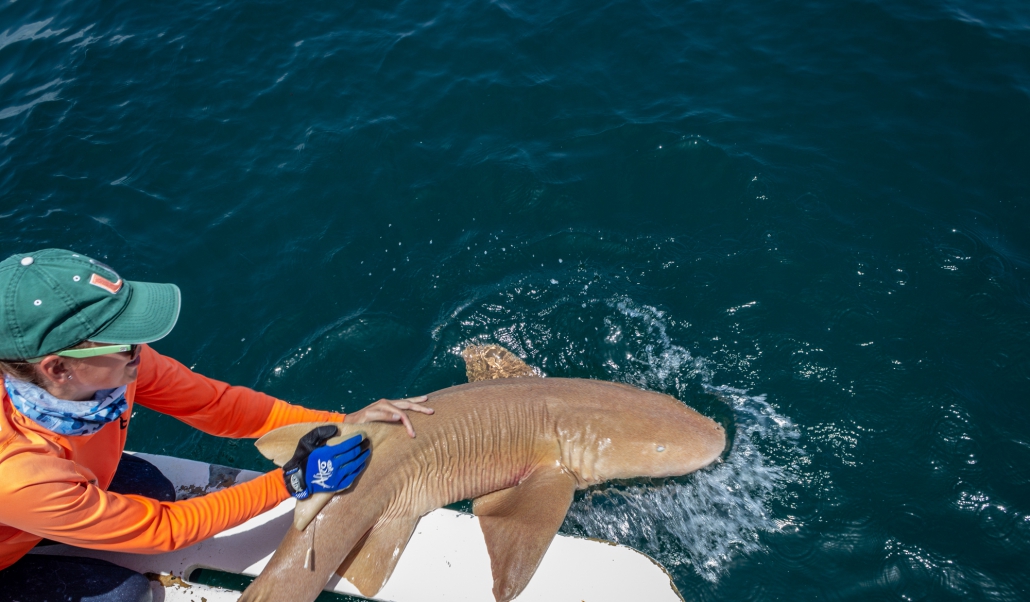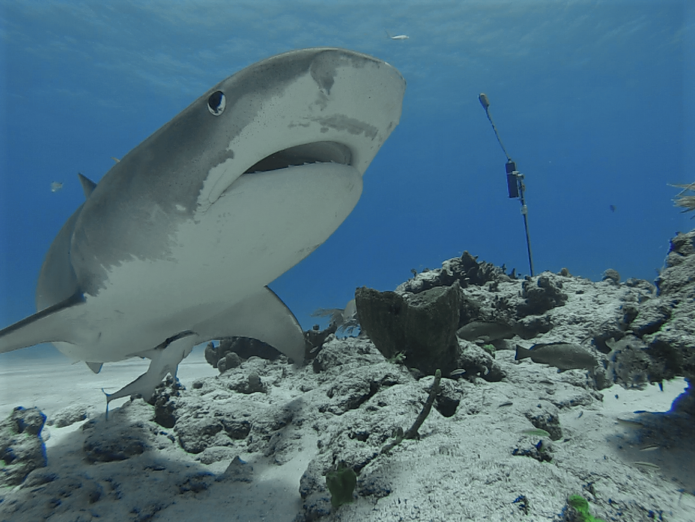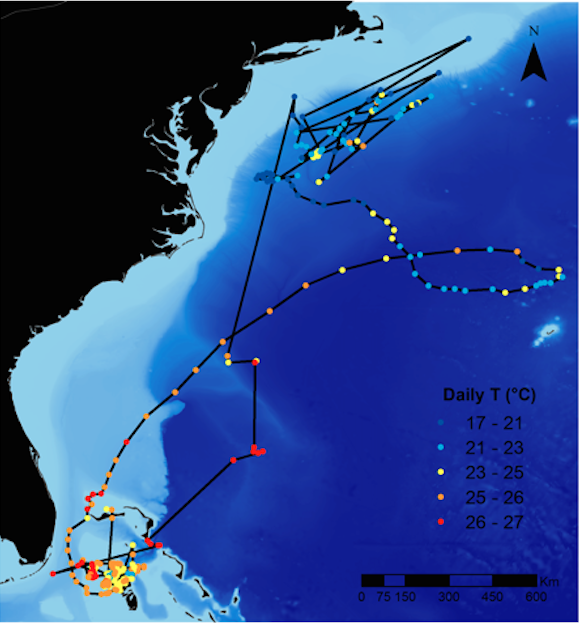Overview
Climate change is having, and will continue to have, an enormously varied set of impacts on the world’s oceans. Overall, we can expect several key changes on the oceans (from IPCC 2013) which include:
Research is showing implications of these changes for wildlife and ecosystems, but this work is particularly challenging for highly mobile marine animals, such as sharks. Most sharks’ body temperature follows that of the environment – unlike mammals (and some partially endothermic sharks), they are ectothermic and cannot generate their own body heat. Sharks, like other animals, have an ideal range for temperature, above or below which they are not able to perform basic functions optimally. We can measure shark responses to temperature ranges in controlled lab setting very precisely. For larger marine animals, such as large coastal sharks, which cannot be maintained in the lab, studying climate change impacts presents several logistical challenges. However, new techniques provide ways of approximating such relationships in the field. Here at SRC, we are conducting a series of research projects to begin exploring some of the impacts climate variability is having on sharks. Some of the primary projects we are conducting include:
Scientific Publication:
Skubel RA, Kirtman BP, Fallows C, Hammerschlag N (2018). Patterns of long-term climate variability and predation rates by a marine apex predator, the white shark Carcharodon carcharias. Marine Ecology Progress Series 587:129-139.
Figure: A year-long migration of a female tiger shark beginning in the Bahamas, travelling as far north as the state of Massachusetts. Point colors show water temperature sensed by the shark-borne satellite tag.(Figure via Rachel Skubel)



